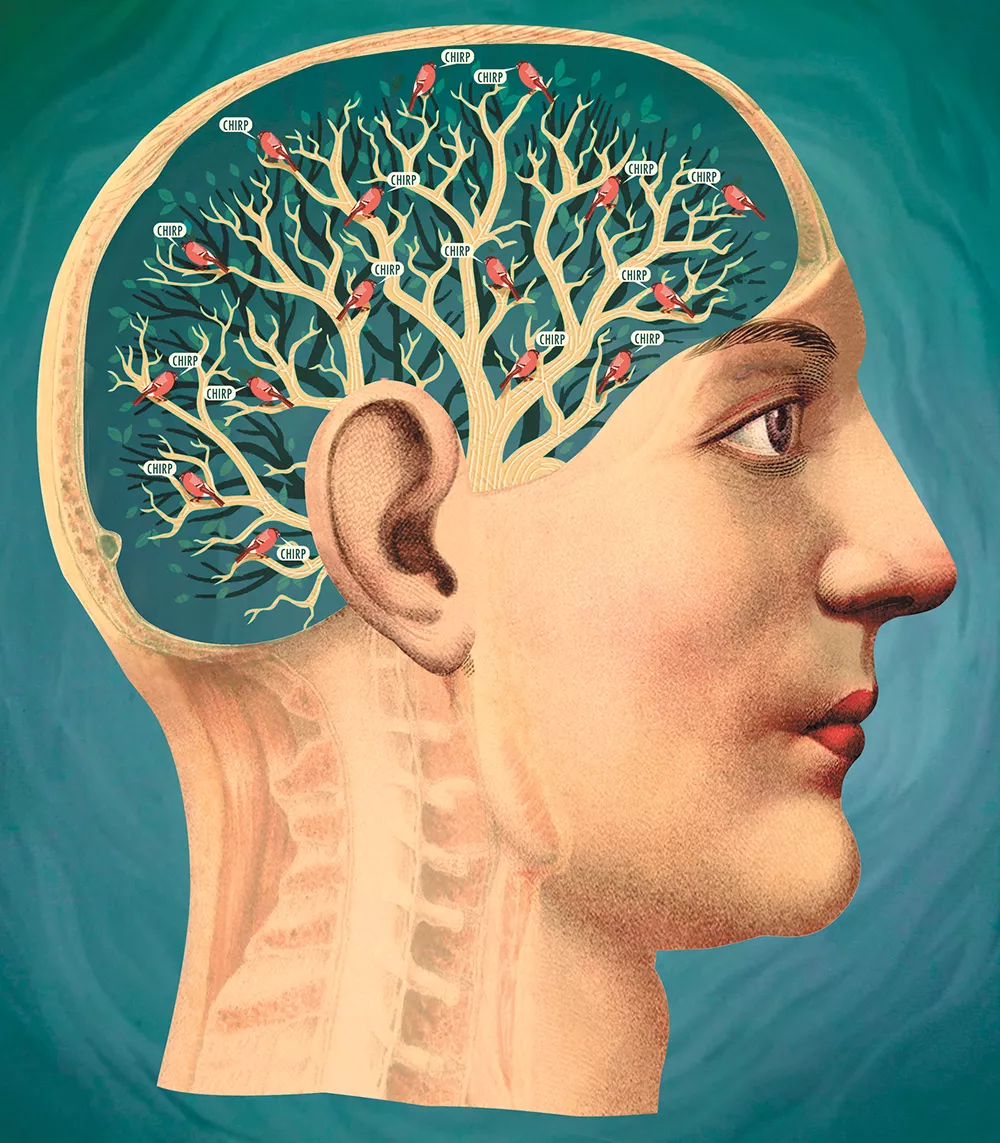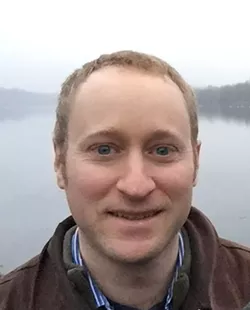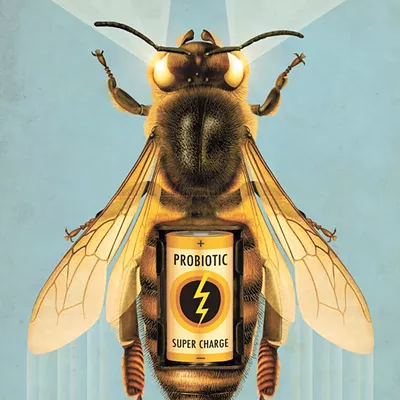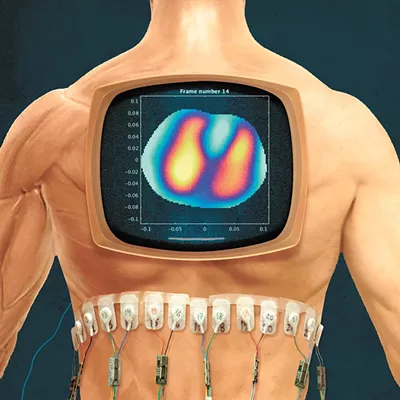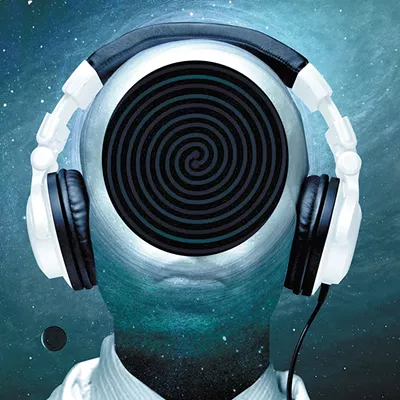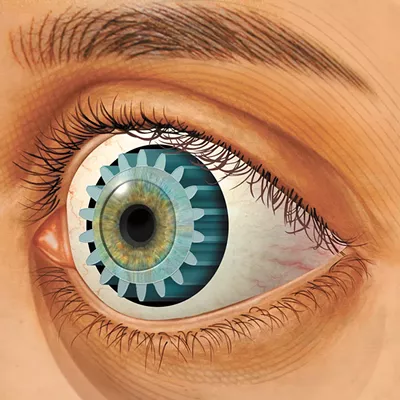As we get older, our memories can get hazier. Our vision might get fuzzier and our hearing starts to go. An older brain loses the ability to repair itself, and a team of researchers led by University of Idaho biology professor Peter Fuerst wants to know why, and how we can fix it.
Results from a recent study offer some hope that one day, we'll be able to stimulate the adult brain to make it stronger: more resistant to memory loss and able to repair brain trauma. The results even point to a path to understand, and one day prevent, some forms of autism.
"Memory is certainly one area, but we're also thinking more generally about damage to the brain from traumatic injury or different diseases," Fuerst says. "Early on, the brain has plasticity. It can change and adapt. But as we get older that becomes less and less possible."
When you're young, the brain's ability to repair itself is at its strongest. It does that by generating new neurological connections, as part of normal brain development, and is easily able to replace lost or damaged ones. Those connections are how the brain communicates with the rest of the body.
As we get older, those lines of communication are solidified and the brain's ability to create new connections starts to diminish. Eventually, that ability largely disappears as the nervous system "stabilizes," Fuerst says.
Without that stability, nerve cells would continue to make new connections, which can lead to autism, Fuerst says. Autism is generally thought of as a developmental disorder that affects behavior and communication. The trade-off is that if the nervous system is damaged, from brain trauma, for example, nerve cells can't make the new connections needed to repair themselves.
Last year, Fuerst and a team of researchers, which includes a doctoral student along with scientists from the University of Louisville and the University of Puerto Rico at Humacao, found a way to stimulate the nervous system that allows nerve cells to once again create new connections. The study, released in November 2017 in the Journal Proceedings of the National Academy of Sciences, is a step forward in treating traumatic brain injury and other neurological diseases.
Here's how they did it:
First, Fuerst and his team focused on a specific group of cells in mice that had stopped creating new neurological connections. Through the use of some powerful genetic engineering technology that Fuerst calls "little molecular scissors," researchers removed genes within those cells and watched to see if they would start making new connections. For this study, they focused on retinal cells, Fuerst says, because scientists have a much greater understanding of those cells than others in the brain.
"We found that if we took that gene away, some cells that had stopped making connections early in the animal's life, started to make new connections," Fuerst says.
That's the good news. The bad news is that the gene manipulation required to elicit these results, although possible in humans, would not be practical.
"We don't want to completely remove the genes," Fuerst says. "We might want to suppress them or turn them off for short periods of time, so the cells can make new connections, and then turn them back on so they don't keep making new connections and in case the cell needs it for something else."
The next step, Fuerst says, is figuring out how these results could be applied to humans. Rather than taking a blade to people's genes, Fuerst says they're now testing whether certain drugs can temporarily turn the genes off, allowing neurons to make new connections, while leaving the genes themselves intact.
"The drugs that we would test are currently used for things like treating cancer," Fuerst says. "They're not used in the nervous system for what we want to use them for, but the advantage is they've been tested and gone through clinical trials, and there's dosing information."
What is also unknown is whether this process of flipping genes off and on could work in parts of the brain other than the retina, which was the focus of the Fuerst's initial study.
"The genes we're manipulating, we don't know which cells use them," Fuerst says. "So we're trying to figure that out because we could apply what we find to diseases that affect a specific group of cells. For example, Parkinson's disease might affect the midbrain."
Though Fuerst stops short of calling these results a potential cure for disorders such as Parkinson's, in which the neurons themselves are lost rather than the neurological connections. Instead, he says major potential benefits are restoring the adult brain's ability to make connections after damage from aging or trauma, as well as treating certain types of autism. ♦

